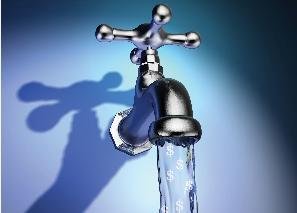Are you prepared to filter, treat, and sanitize your water in the event of a disaster? Stormwater runoff from floods and hurricanes contaminate ground and surface water with chemicals and bio-contaminants. A hurricane will also likely damage any local water treatment plant, leaving them unable to get clean water to the community. In the event of this, knowing how to clean and treat water is vital!
Step 1: Clean your water by putting it in a tall container and letting it sit for up to 12 hours. During this time whatever visible contaminants are there will separate and float to the bottom.
Step 2: Filter the water into a new container by pouring it through a coffee filter, a paper towel, a clean t-shirt, or something of similar material. This will catch any remaining visible contaminants.
Step 3: Choose a water treatment process that works in your circumstance. The easiest and most common is to boil the water. Water should be boiled for at least 3-5 minutes, but some also recommend up to 10 minutes just to be safe. Be sure to cover it as it boils so that you won’t lose any water to evaporation.
You can also use bleach to treat your water at home. Use a recommended amount for each container; for example, a gallon only needs 16 drops of bleach. Then let it sit for half an hour. Repeat this process until the water has a faint smell of bleach. If it never gains that smell, the water may be too dirty to treat.
These tips should give you enough water to drink, use for cooking, washing, and cleaning. For more in-depth tips on water treatment in an emergency visit the EPA website under “Emergency Disinfection of Drinking Water.”

